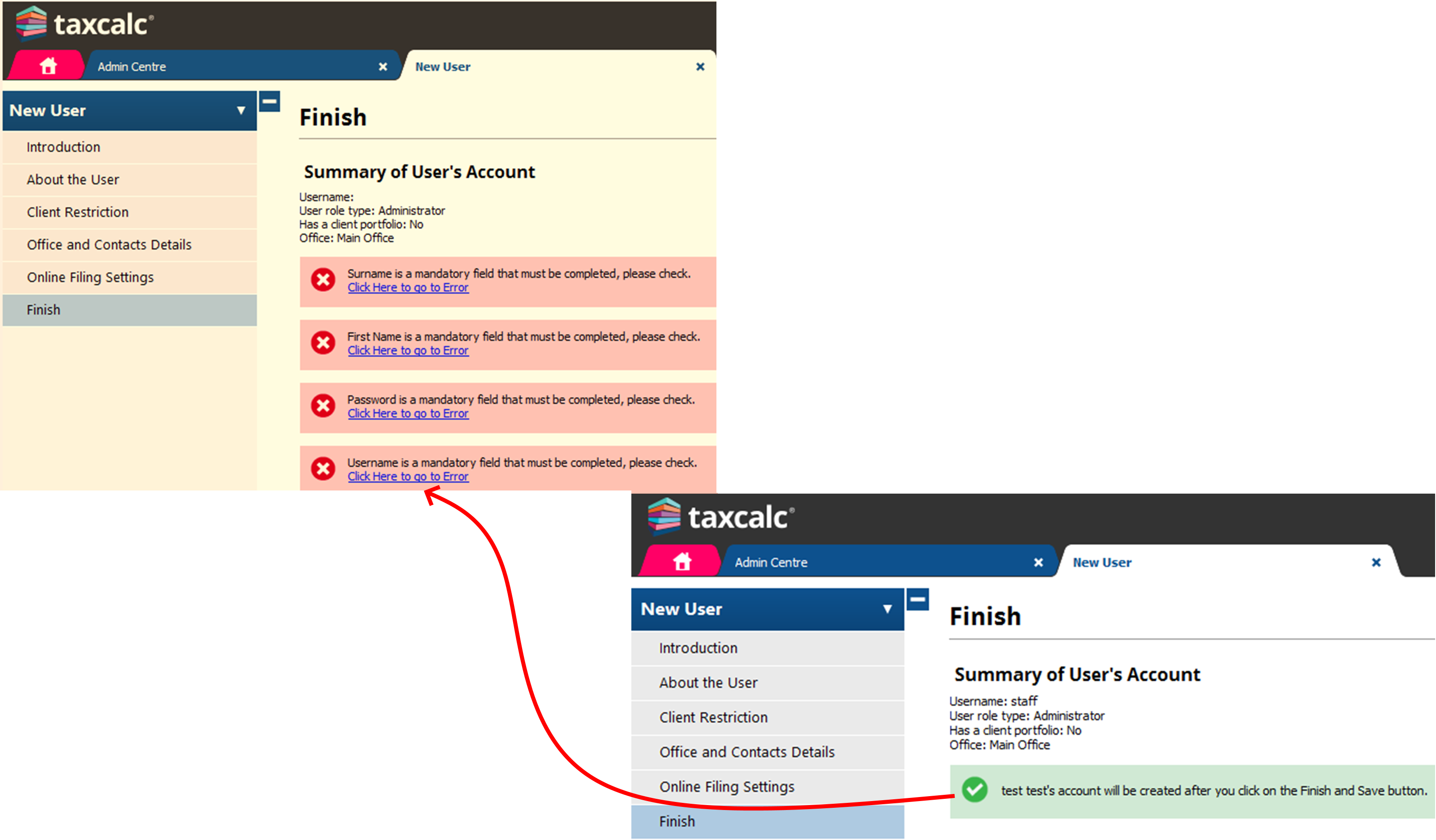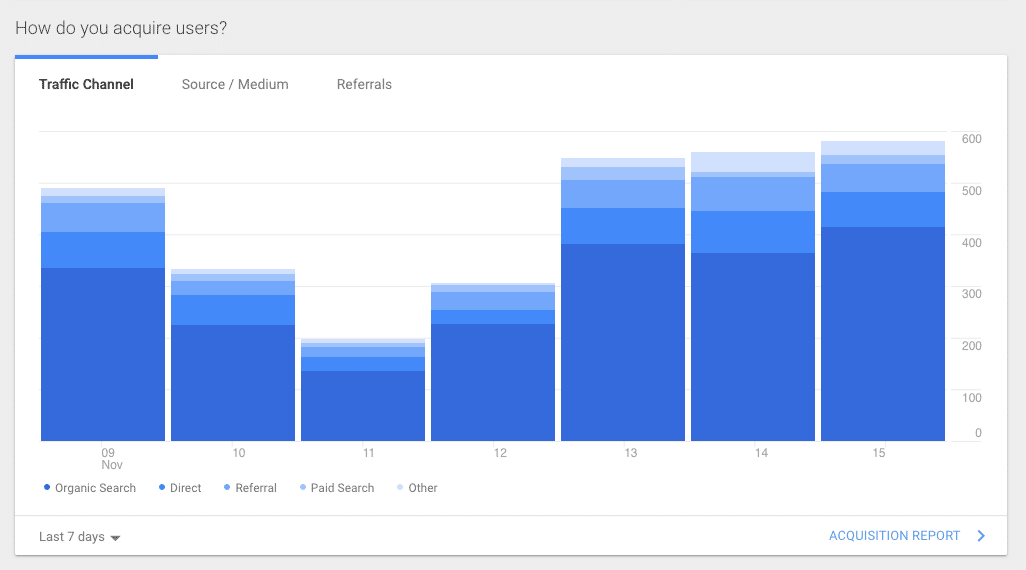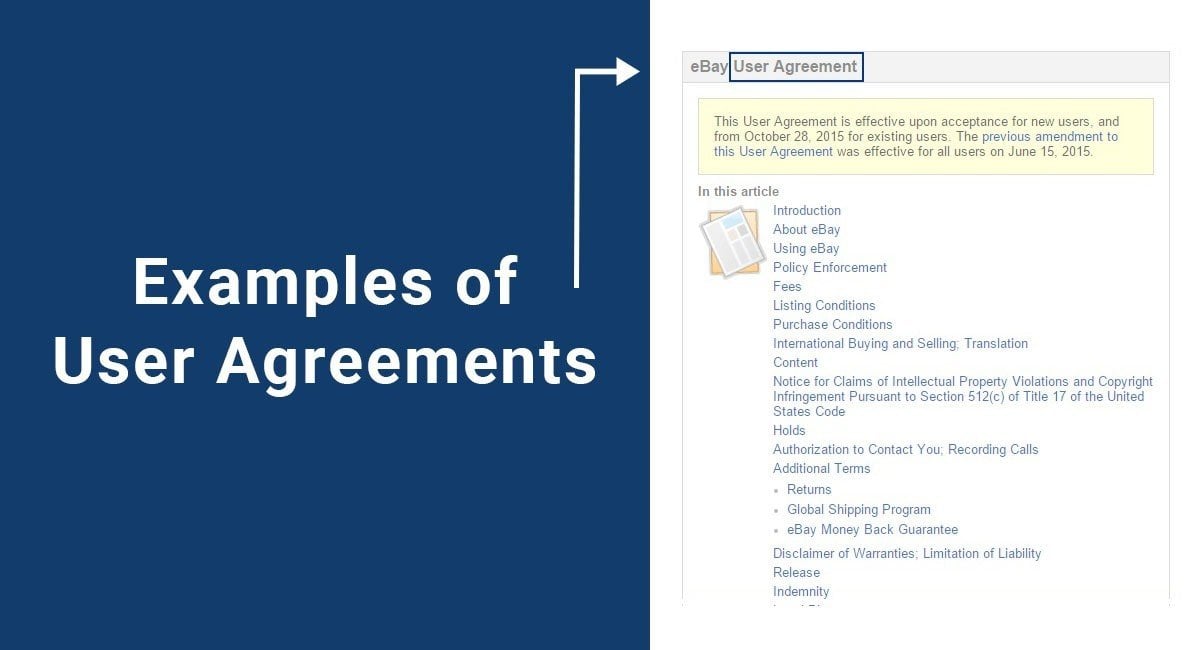New User Introduction
- New User Introduction Example
- New User Introduction Pdf
- New User Introduction App
- New User Introduction Software
Introduction - New WikiTree User. Asked May 30, 2014 in The Tree House by Cari Taplin G2G1 (1.1k points) introduction; taplin +11 votes. Introduction new user. Thread starter Marco2020; Start date Dec 30, 2020; Tags introduction; M. Marco2020 New Member. Dec 30, 2020 #1 Hello guys.
-->
Syntax
Description
The New-LocalUser cmdlet creates a local user account. This cmdlet creates a local user accountor a local user account that is connected to a Microsoft account.
Note
The Microsoft.PowerShell.LocalAccounts module is not available in 32-bit PowerShell on a 64-bitsystem.
Examples
Example 1: Create a user account
This command creates a local user account and does not specify the AccountExpires or Passwordparameters. Therefore, the account doesn't expire or have a password by default.
Example 2: Create a user account that has a password


The first command prompts you for a password by using the Read-Host cmdlet. The command stores thepassword as a secure string in the $Password variable.
The second command creates a local user account by using the password stored in $Password. Thecommand specifies a user name, full name, and description for the user account.
Parameters

Specifies when the user account expires. To obtain a DateTime object, use the Get-Date cmdlet.If you do not specify this parameter, the account does not expire.
| Type: | DateTime |
| Position: | Named |
| Default value: | None |
| Accept pipeline input: | True |
| Accept wildcard characters: | False |
Indicates that the account does not expire.
| Type: | SwitchParameter |
| Position: | Named |
| Default value: | None |
| Accept pipeline input: | True |
| Accept wildcard characters: | False |
Prompts you for confirmation before running the cmdlet.
| Type: | SwitchParameter |
| Aliases: | cf |
| Position: | Named |
| Default value: | False |
| Accept pipeline input: | False |
| Accept wildcard characters: | False |
Specifies a comment for the user account.The maximum length is 48 characters.
| Type: | String |
| Position: | Named |
| Default value: | None |
| Accept pipeline input: | True |
| Accept wildcard characters: | False |
Indicates that this cmdlet creates the user account as disabled.
| Type: | SwitchParameter |
| Position: | Named |
| Default value: | None |
| Accept pipeline input: | True |
| Accept wildcard characters: | False |
Specifies the full name for the user account. The full name differs from the user name of the useraccount.
| Type: | String |
| Position: | Named |
| Default value: | None |
| Accept pipeline input: | True |
| Accept wildcard characters: | False |
New User Introduction Example
Specifies the user name for the user account.
If you create a local user account for the local system, the user name can contain up to 20uppercase characters or lowercase characters. A user name cannot contain the following characters:
', /, , [, ], :, ;, |, =, ,, +, *, ?, <, >, @
A user name cannot consist only of periods . or spaces.
| Type: | String |
| Position: | 0 |
| Default value: | None |
| Accept pipeline input: | True |
| Accept wildcard characters: | False |
Indicates that the user account does not have a password.
| Type: | SwitchParameter |
| Position: | Named |
| Default value: | None |
| Accept pipeline input: | True |
| Accept wildcard characters: | False |
Specifies a password for the user account. You can use Read-Host -GetCredential, Get-Credential,or ConvertTo-SecureString to create a SecureString object for the password.
If you omit the Password and NoPassword parameters, New-LocalUser prompts you for the newuser's password.
| Type: | SecureString |
| Position: | Named |
| Default value: | None |
| Accept pipeline input: | True |
| Accept wildcard characters: | False |
Indicates whether the password expires.
| Type: | SwitchParameter |
| Position: | Named |
| Default value: | None |
| Accept pipeline input: | True |
| Accept wildcard characters: | False |

Indicates that the user cannot change the password on the user account.
| Type: | SwitchParameter |
| Position: | Named |
| Default value: | None |
| Accept pipeline input: | True |
| Accept wildcard characters: | False |
Shows what would happen if the cmdlet runs.The cmdlet is not run.
| Type: | SwitchParameter |
| Aliases: | wi |
| Position: | Named |
| Default value: | False |
| Accept pipeline input: | False |
| Accept wildcard characters: | False |
Inputs
System.String, System.DateTime, System.Boolean, System.Security.SecureString
You can pipe a string, a DateTime object, a boolean value, or a secure string to this cmdlet.
Outputs
System.Management.Automation.SecurityAccountsManager.LocalUser
This cmdlet returns a LocalUser object.This object provides information about the user account.
Notes
- A user name cannot be identical to any other user name or group name on the computer. A user namecannot consist only of periods
.or spaces. A user name can contain up to 20 uppercasecharacters or lowercase characters. A user name cannot contain the following characters:
', /, , [, ], :, ;, |, =, ,, +, *, ?, <, >, @
New User Introduction Pdf
A password can contain up to 127 characters.
The PrincipalSource property is a property on LocalUser, LocalGroup, andLocalPrincipal objects that describes the source of the object. The possible sources are asfollows:
- Local
- Active Directory
- Azure Active Directory group
- Microsoft Account
New User Introduction App
Note
PrincipalSource is supported only by Windows 10, Windows Server 2016, and later versions of theWindows operating system. For earlier versions, the property is blank.
New User Introduction Software
Related Links
